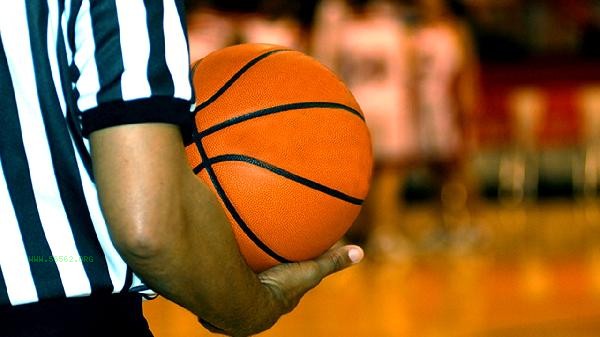People who play basketball usually do not directly cause 15 specific diseases, but during the exercise, some health problems may arise due to sports injuries, overtraining, or insufficient protection. Common problems include muscle strain, ligament injury, joint wear, sports asthma, dehydration, heatstroke, sports hypoglycemia, plantar fasciitis, patellar tendinitis, stress fractures, Achilles tendon rupture, meniscus injury, lumbar disc herniation, sports arrhythmia, skin abrasions, etc.

1. Muscle strain
Rapid change of direction or jumping can easily cause muscle fiber tearing, manifested as local swelling and pain. The RICE principle should be followed during the acute phase, and low strength stretching can be performed during the recovery phase. Long term repeated strains may develop into chronic myofascial pain.
2. Ligament Injury
The lateral ligaments of the ankle joint and the cruciate ligaments of the knee joint are most susceptible to damage, and sudden stop and turn movements may cause partial or complete rupture of the ligaments. Mild injuries can be restored with braces, while complete fractures require surgical reconstruction.
3. Joint wear
Long term jumping and landing can accumulate pressure on knee cartilage, which may induce early osteoarthritis. Suggest controlling training intensity and strengthening quadriceps strength training to reduce joint load.
4. Exercise induced asthma
Cold air stimulation during intense exercise may cause bronchospasm, manifested as wheezing and chest tightness. Warm up thoroughly before exercise and use bronchodilators if necessary to prevent attacks.
5. Dehydration and Heat Stroke
High intensity exercise leading to excessive sweating without timely hydration may cause fever cramps, and in severe cases, heat stroke may occur. Summer training should be supplemented with electrolyte containing beverages every 15 minutes to avoid training during the high temperature period at noon.

6. Plantar fasciitis
Long term running and jumping can cause repeated micro injuries to the plantar fascia, with obvious pain in the first step of the morning. Suggest replacing sports shoes with good cushioning performance and relaxing the plantar fascia before bedtime.
7. Stress fractures
are more common in the tibia and metatarsal bones, which produce small cracks due to repeated impact forces on the bones. It is necessary to stop training for 6-8 weeks and supplement with calcium and vitamin D to promote healing.
8. Meniscus injury
During rotation, the meniscus may be compressed and torn by the femur and tibia, resulting in a sense of joint interlocking. Grade III injuries require arthroscopic surgery for repair, and strict rehabilitation training is required after surgery.
9. Lumbar disc herniation
When jumping and landing, the spine bears vertical pressure, which may accelerate disc degeneration. Core muscle group training can effectively reduce lumbar spine load, and timely medical attention is needed for lower limb radiating pain.
10. Exercise induced arrhythmia
A small number of people may experience premature beats or atrial fibrillation due to intense exercise. It is recommended to screen for heart risks before exercise, and stop activity immediately if palpitations and dizziness occur during exercise. Basketball players should pay attention to sports protection, choose appropriate protective gear and shock-absorbing sports shoes, and fully warm up and stretch before and after training. It is recommended to undergo regular physical fitness assessments. If there is persistent pain or functional impairment, seek medical attention promptly to avoid dragging acute injuries into chronic conditions. Maintaining a balanced nutritional intake, paying special attention to calcium and high-quality protein supplementation, can help prevent and recover from sports injuries.







Comments (0)
Leave a Comment
No comments yet
Be the first to share your thoughts!